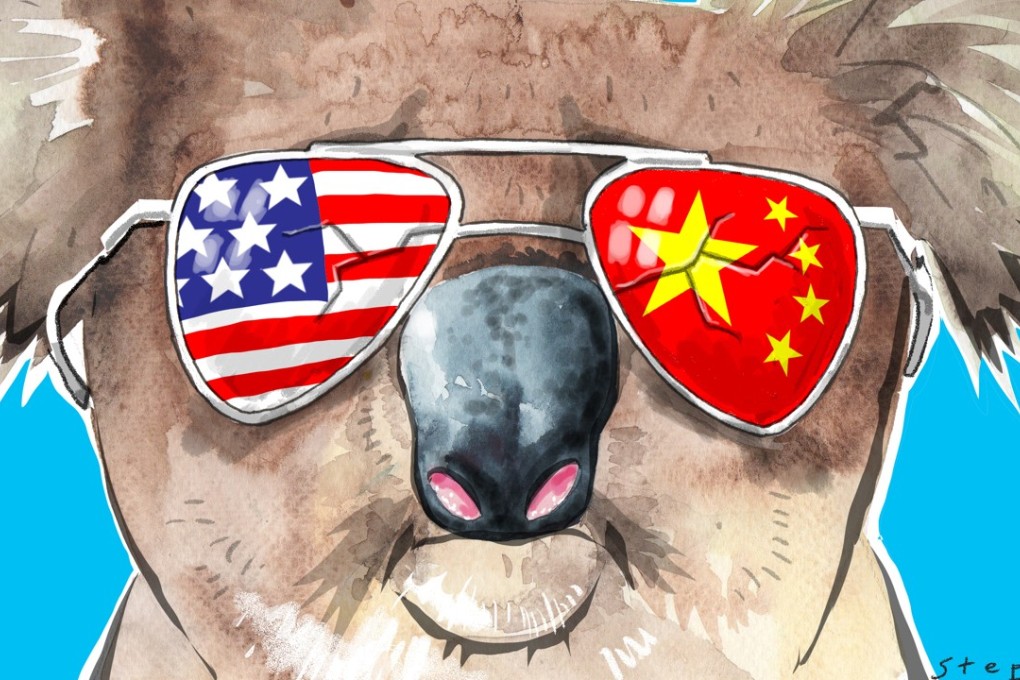Advertisement
Australia must ask: does America have the power or resolve to stop China’s rise?
Hugh White says that after a 2017 where Australia tried prodding the US into doing more to counter China in the Asia-Pacific – to Beijing’s ire – Canberra is now attempting to talk things down. Australia faces some hard questions if it wants to build a sustainable relationship with the new China
Reading Time:4 minutes
Why you can trust SCMP
0

Australia has long walked a tightrope between the United States and China, and now is in danger of falling off. Canberra’s balancing act went wobbly for all to see this week after a meeting between the two countries’ foreign ministers. When Australia’s Julie Bishop described it as “very warm”, China’s Foreign Ministry bluntly contradicted her. Australia needs to take off its “coloured glasses” if the relationship is to “return to the right track”, its spokesman warned.
China’s impatience is hardly surprising. Ever since 2011, when Barack Obama, in Canberra, announced Washington’s intention to resist China’s challenge to US regional leadership, Australia has been pursuing a policy of studied duplicity in its relations with both powers.
It has been assuring Washington that it fully supports US efforts to resist China’s ambitions and preserve the US-led order, despite the huge increase in China’s wealth and power. At the same time, it has been trying to convince Beijing it is doing nothing of the sort.
Both relationships are essential to Australia’s vision of its future. China is not just Australia’s biggest trading partner, but the biggest source by far of economic opportunities in the decades to come. The alliance with America is not just the bedrock of Australia’s foreign policy and guarantor of its security, but an essential element of Australia’s identity as a Western outpost in an Asian hemisphere.

Advertisement
Select Voice
Choose your listening speed
Get through articles 2-3x faster
1.1x
220 WPM
Slow
Normal
Fast
1.1x